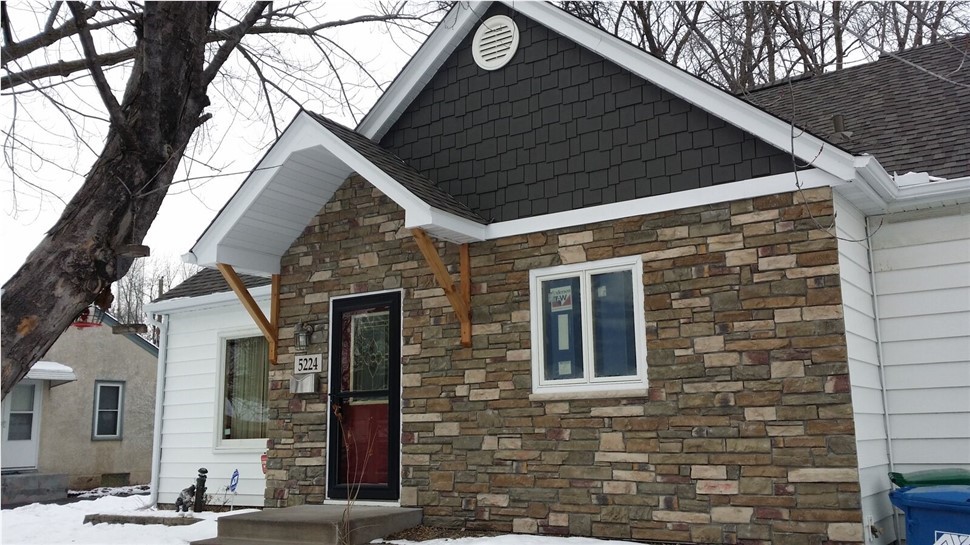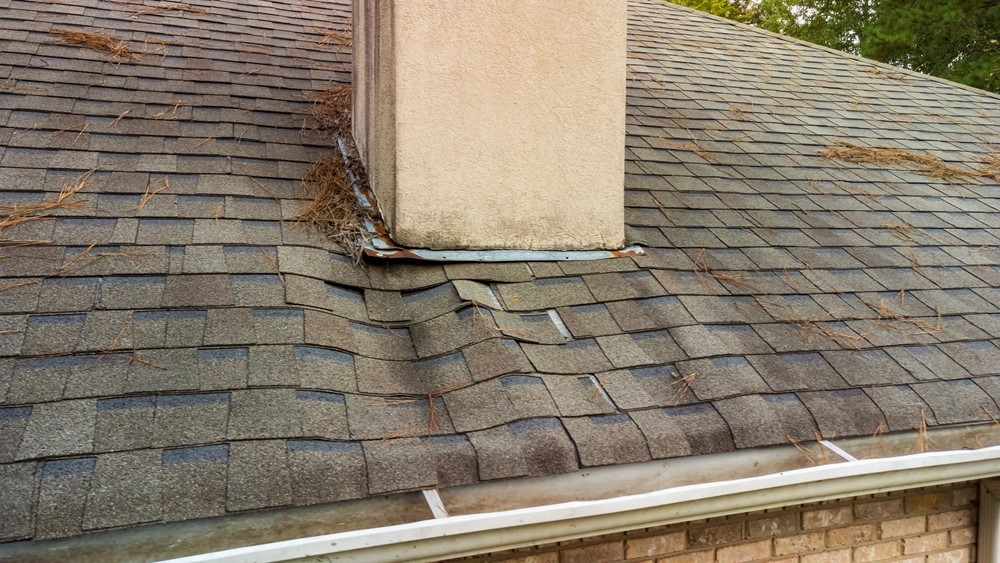The Environmental Benefits of Metal Roofing
If you’re concerned even a little bit about preserving Minnesota’s natural resources and our environment, we suggest you take a closer look at metal roofing.
Energy efficiency and reduced environmental impact are some of the top concerns of today’s home buyers. And green remodeling is on the rise. Metal roofs fit in well with the direction the home building and home improvement industry is going.
Metal Roofing Avoids the Landfill
One of the most important facts regarding metal roofing relates to waste disposal and landfills. The most commonly used roofing material – asphalt – accounts for nearly 11 MILLION TONS that goes into U.S. landfills each year. That can be avoided with metal roofing, because 100% of the roof, as well as the installation waste, is recyclable. That fact alone qualifies metal roofing as a sustainable product.
Experts consider steel roofing recycling a closed process because the entire roof can be re-manufactured into another metal roof. That’s not true of most other recycled materials, including metals. Those materials become lesser grade products. For example, a recycled aluminum roof will become pop cans and foil.
- The U.S. EPA classifies metal as environmentally friendly roofing
- When installed in urban centers, cool metal roofing can make a major reduction in ‘heat island’ effects
(source: Oak Ridge National Laboratory Buildings Technology Center); and by reducing urban heat, smog
formation is also inhibited, improving air quality
Another environmental benefit of the steel roofing we install is reduction in utility consumption for heating and cooling. Depending on the color and the type of coating, you may find up to a 40° reduction in temperature inside your home with a metal roof as compared to a roof consisting of asphalt shingles. And our installation process makes that roof even more energy efficient because of the layer of air between the roof itself and the underlying decking.
- All our steel roofing meets or exceeds the minimum 25% UV reflectivity required to be rated as an EnergyStar® product
If one of your criteria for your new roof is reduced environmental impact, take a good look at metal roofing.
Tags
Subscribe to Quarve Contracting's Blog







Comments